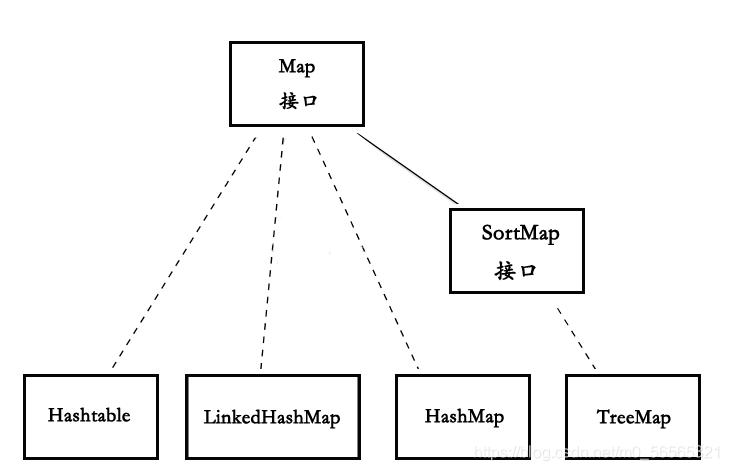Understanding Java Maps
Java offers a variety of data structures to store and manipulate collections of elements efficiently. One of the most commonly used data structures is the Map interface. In this guide, we'll delve into the intricacies of Java Maps, their usage, implementation, and some best practices.
A Map in Java is an object that maps keys to values. Each key is associated with exactly one value, and keys must be unique within a Map. Java provides several implementations of the Map interface, each with its own characteristics and use cases.
- HashMap: This implementation provides constanttime performance for the basic operations (put and get), assuming a good hash function is used.
- TreeMap: TreeMap provides guaranteed log(n) time cost for the basic operations (put and get). It maintains keys in ascending order.
- LinkedHashMap: LinkedHashMap is a combination of HashMap and LinkedList. It maintains insertion order, which can be useful in certain scenarios.
Regardless of the implementation, Java Maps support common operations such as:
- put(K key, V value): Inserts the specified keyvalue pair into the map.
- get(Object key): Retrieves the value associated with the specified key.
- remove(Object key): Removes the mapping for the specified key from the map.

- containsKey(Object key): Checks if the map contains a mapping for the specified key.
- containsValue(Object value): Checks if the map contains one or more keys mapped to the specified value.
- size(): Returns the number of keyvalue mappings in the map.
When selecting a Map implementation, consider the following factors:
- Performance: HashMap generally offers better performance for most use cases due to its constanttime operations. TreeMap, on the other hand, guarantees log(n) time for basic operations but has higher overhead.
- Ordering: If you need to maintain the order of keys (e.g., insertion order), LinkedHashMap can be a suitable choice.
- Thread Safety: If your application requires thread safety, consider ConcurrentHashMap or Collections.synchronizedMap() to make your chosen Map implementation threadsafe.
Here are some best practices to follow when working with Java Maps:
- Use Generics: Always use generics to specify the types of keys and values when declaring a Map.
- Choose the Right Implementation: Select the Map implementation based on your specific requirements for performance, ordering, and thread safety.
- Handle Null Keys and Values: Be aware of how your chosen Map implementation handles null keys and values, as behavior may vary.
- Consider Immutable Maps: If your map doesn't need to be modified after initialization, consider using an immutable map implementation like those provided by Google's Guava library or Java 9 .
Java Maps are versatile data structures that provide efficient keyvalue mapping. By understanding the characteristics of different Map implementations and following best practices, you can leverage Maps effectively in your Java applications.
文章已关闭评论!
